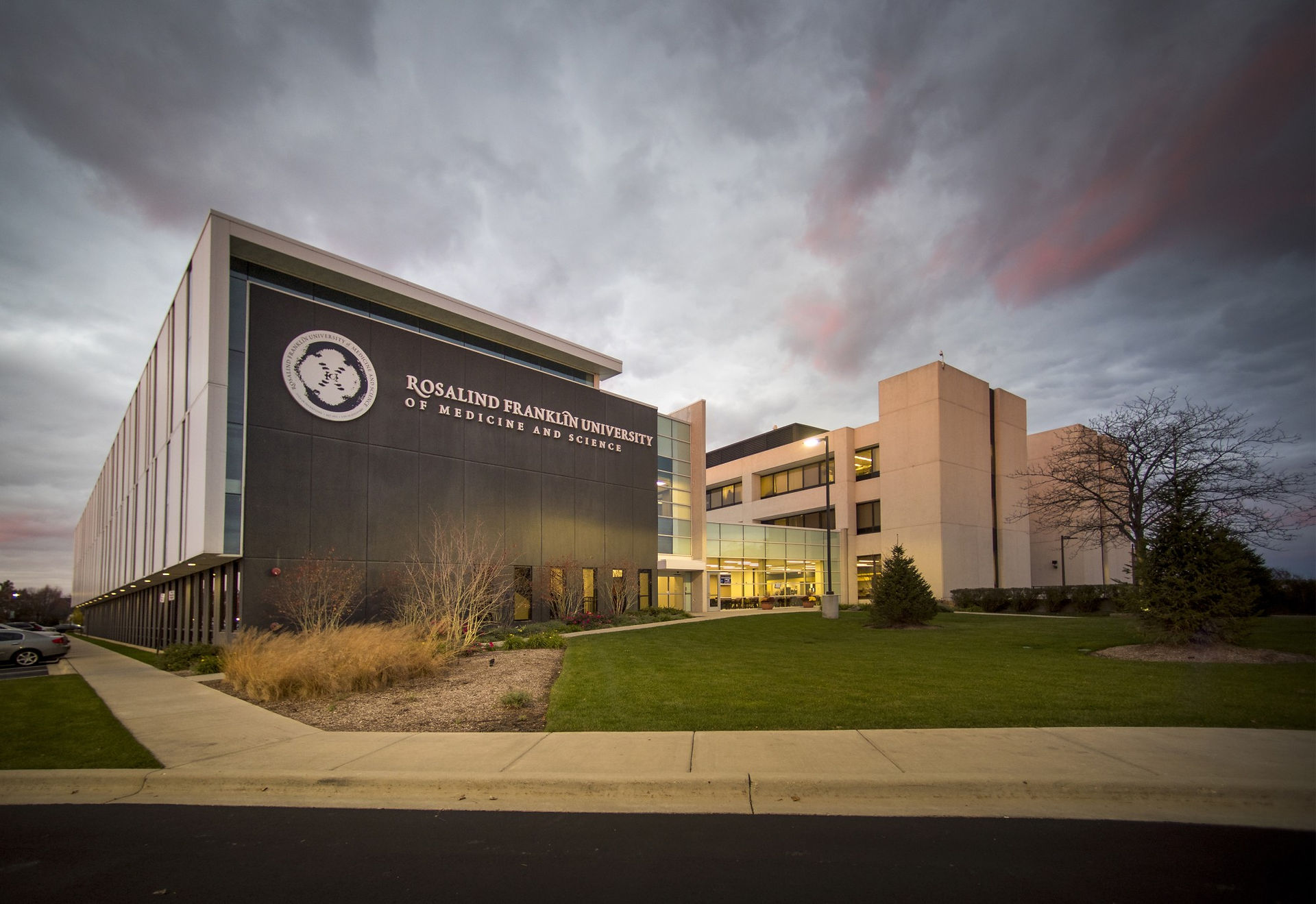
Current Projects
Our overall goal is to understand how maturing affective neural circuits contribute to a variety of age-dependent behaviors, including social interaction and associative fear learning. We approach this goal by applying a combination of pharmacological, optogenetic and chemogenetic circuit-based manipulations, as well as in vivo and ex vivo recording techniques during and following behavior.
amygdalar regulation of social behavior
Adolescent social development is characterized by age-specific social engagement, primarily comprised of playful, exploratory behaviors that are essential for brain and behavioral development. During adolescence, social engagement transitions towards partner-guided, regulated behaviors characteristic of adulthood, defining a rodent social developmental trajectory. Engagement in age-specific social behaviors is sensitive to the environment, and the transition in social interaction from adolescence to adulthood coincides with maturation of corticolimbic circuitry. We are interested in understanding how 1) maturing amygdala-centric circuits contribute to age-specific social engagement, and 2) social and amygdala processes are influenced by the environment throughout adolescence and adulthood.

neural circuitry supporting fear memory & updating processes
Fear memories are widely distributed across several brain regions, and the communication between regions is critical for fear expression and retention. Dynamic interactions between subregions of the prefrontal cortex, amygdala, and hippocampus regulate fear. We investigate changes in communication between these subregions that are sensitive to and support fear memory formation, retrieval, and updating.